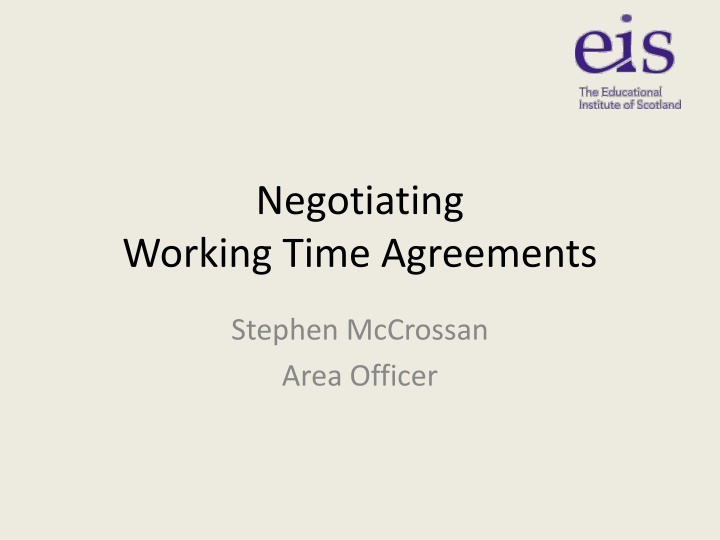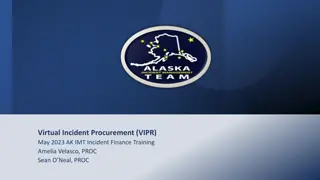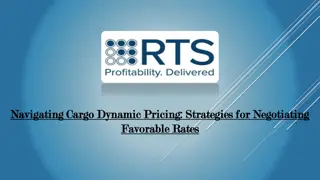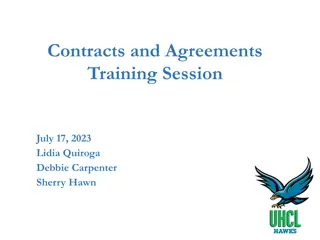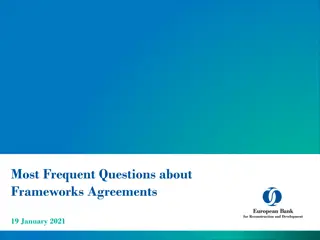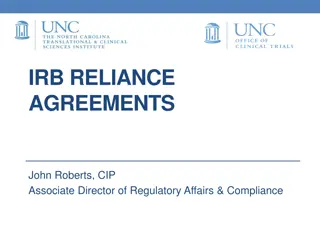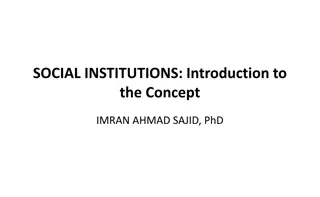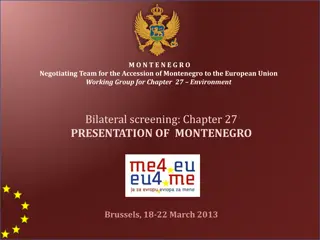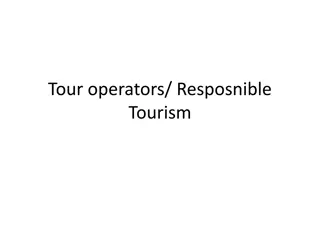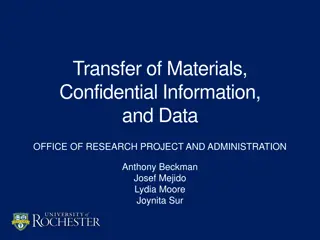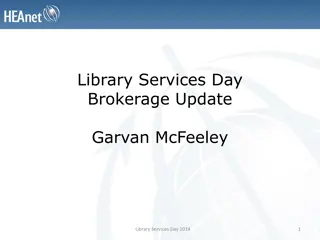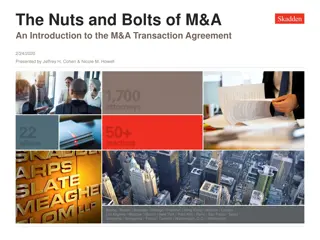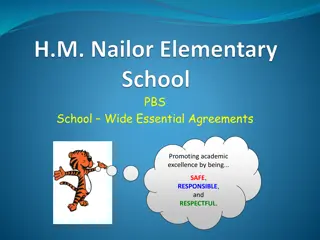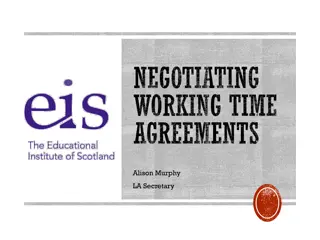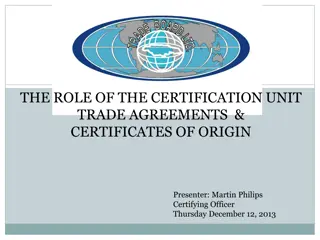Negotiating Working Time Agreements in Educational Institutions
Explore the process of negotiating working time agreements at educational institutions, including the general principles, contractual details, core activities, and time allocation concepts. Discover how teachers and management balance priorities in the context of changing educational initiatives.
Download Presentation

Please find below an Image/Link to download the presentation.
The content on the website is provided AS IS for your information and personal use only. It may not be sold, licensed, or shared on other websites without obtaining consent from the author.If you encounter any issues during the download, it is possible that the publisher has removed the file from their server.
You are allowed to download the files provided on this website for personal or commercial use, subject to the condition that they are used lawfully. All files are the property of their respective owners.
The content on the website is provided AS IS for your information and personal use only. It may not be sold, licensed, or shared on other websites without obtaining consent from the author.
E N D
Presentation Transcript
Negotiating Working Time Agreements Stephen McCrossan Area Officer
Background School Improvement Plan EIS Paper General Principles Formulation Implementation Progressed by INSET activities Funded CLPL activities Teachers agreeing to use some of their 35 hours Working Time Agreement.
Introduction WTA at school level - collective agreement reached between trade union(s) and Headteacher as agent of the authority Binding on all members of teaching staff in the establishment Covers 5 hours per week in a 39 full week equivalent working year Signed Off as agreed by Rep and Headteacher
WTA - Contractual 35 Hour Working Week 22.5 hours maximum class contact. 7.5 hours preparation and correction. 5 hours collegiate time with arrangements agreed at school level between HT as agent of Authority and EIS Rep on behalf of members.
Core Collegiate Activities Additional Time for Preparation and Correction Parents Meetings Preparation of Reports Formal Assessment Planning Staff Meetings PRD CLPL Additional Supervised Pupil Activity TU Meetings Flexibility
Concepts of Time 5 hours collegiate contractual time per 35 hour working week. Actual Time time needed for designated meetings, e.g. Parents Meetings. Indicative Time for activities arrived at through professional audit, e.g. reporting. Possible use of pro-forma.
Contending and Changing Priorities Time allocated for specific activities. When they should take place in the week/year. Teacher v Management priorities. Initiatives post 2001 such as; Changes to QA/Self Evaluation Tracking, etc 32/33 period week CfE.
WTA Preparation Structures School Negotiating Group Teachers Side Largest TU in the establishment nominates the Convenor. Maximum of 5 reflecting balance of TU membership Convenor of Teachers Side determines representation on group Management Side Maximum 3 SMT
WTA Preparation General Review 1st level Review - What didn t work last year? What needs to change? Revise Proposals for changes put forward to Branch meeting to address this. Decide Branch meeting decides proposals for negotiation with HT.
WTA Preparation 2ndLevel Review Professional Audit Evidence-based assessment of time taken by teachers to complete collegiate activities use a pro-forma to ask members (individual, stage or department returns). Use Results of Audit to decide indicative time allocations for each collegiate activity and when in the year they require to be inserted in school calendar.
WTA Preparation Time Allocations Agreed Primary Time Allocation Activity Time (hours) Parents Meetings Max 40 hrs (up to 6 meetings) Strategic Forward Planning 25 hrs Formal Assessment & Report Preparation 55 hrs Additional Prep & Correction 30 hrs Curriculum Development 16 hrs Staff/Stage Meetings 10 hrs Flexibility 19 hrs Total 195 hrs
WTA Preparation Time Allocations Agreed Secondary Time Allocation Activity Time (hours) Parents Meetings Max 40 hrs (up to 6 meetings) Formal Assessment & Report Preparation 70 hrs minimum Additional Preparation and Correction 30 hrs Departmental Meetings 20 hrs Curriculum Development 16 hrs Flexibility 19 hrs Total 195 hrs
WTA Preparation When? Begin to populate the WTA spreadsheet in the following order; Look at the Core (Whole School) Collegiate Activities Parents Meetings Reporting Assessment (incl. prelim)/Tracking Look at other Core (Whole School) Collegiate Activities Departmental Meetings Staff Meetings Trade Union Meetings PRD
Re-modelling The calendar spreadsheet will now be filling up, with events having to be re-arranged to fit in with time required contending with time available. Ensure other priorities for Teaching and Learning are addressed within the calendar spreadsheet. Tracking? This should be included within Assessment or be given a distinct row on the spreadsheet. Address stress point issues with narrative proposals particularly when indicative time allocations do not meet the needs of specific teachers. Proposals to free extra time can include being temporarily removed from cover duties, etc.
Better workload balance Consider balance of hours allocated to activities such as planning, moderation, and curriculum development - does this work for your school? SIPs should be realistic and every activity costed in terms of time. Ensure time for professional dialogue look at balance of meetings and consider alternatives. Remember to leave flexible time we know that teachers will have extra preparation/correction to deal with as well as events such as school inspections etc.
Branch Decision Making Present fleshed out proposals to branch meeting. Revise/amend as per branch decision. Advise other TUs of EIS position. Present proposals to management for negotiations. Take outcome of negotiations back to branch for decision. EIS Rep signs off agreement.
The Agreement Authority Supports EIS Supports Primary Workload Leaflet Secondary Workload Leaflet Tackling Excessive Workload
What happens next Once your school has agreed the WTA for the following session (and a calendar of events) it should be submitted to your LNCT. If you are unable to reach agreement then the LNCT should be notified of the failure to agree. School branches should contact their LA Secretary early in the negotiation process if this looks a likely outcome.
Your Experiences
Negotiation What is negotiation? A useful skill A process A form of communication Why should we negotiate? Balance of Power
Balance of Power Never Underestimate Your Own Power! To reward give what the other side wants. To threaten deny what the other side needs. Legitimate argument factual, logical, beneficial. Sympathy or other.
Balance of Power Derived from Confidence Knowledge Belief Preparation Research Help
Preparation Considerations What are the issues to be negotiated? What are your objectives? What are the priorities?
Preparation Determine what You must get You should get You could get Roles Who will lead? Who will take notes?
Approach to Negotiation Win Lose Negative, confrontational Likely to break down Win Win Compromise, collaboration Aim is to reach agreement
Definition of Negotiation Negotiation is a process by which parties move from their initially divergent positions to a point where agreement may be reached.
The Negotiation Process 1. Interests 2. Options 3. Alternatives 4. Legitimacy 5. Communication 6. Relationship 7. Commitment
Communication Language Verbal From what you have been saying it would seem . It is not our normal practise to . We had not anticipated that . Under normal circumstances . From what you are asking . Body language
Approach Aggressive vs Passive
Approach Assertive
Communication & Approach Seek clarifications to avoid any possible confusion. Don t be apologetic Maybe it s me, but I don t understand Don t be aggressive You haven t made that clear. Be responsive When you say that, do you mean x or y? Have I got it right, what you are saying is ?
Communication & Approach Don t argue ask questions Not You re wrong because But Why do you say / believe that? Not But That isn t true What makes you believe that? and then respond with your views or beliefs, using we statements We don t agree, because Our information is and this leads us to conclude
Communication & Approach Don t be afraid to repeat yourself the broken record . Don t interrupt but keep your thought until an appropriate opportunity arrives. Write it down as it occurs to you if necessary. If, however, you feel it is important to make your point at a particular time, indicate non-verbally your wish to interrupt first. Don t be interrupted. If an attempt is made to do so, say I d just like to finish what I m saying , or, Let me just finish . If you are interrupted, don t be distracted. Keep your next sentence in mind (write it down if necessary) and continue from where you were interrupted with, or without, As I was saying .
Tips for Trading Concede reluctantly Concede with conditions if we agree to an extra meeting for x then we will require further time for y Highlight the exceptional nature of the concession Stress your importance to the process school branch members will be very difficult to persuade
Tips for Trading Bring back previously settled issues Create some wriggle room the negotiations go further than the branch members anticipated and you need to consult with them Don t feel under pressure to agree straight away you can always return to negotiations
